
The Ultimate Guide to Oolong Tea
Oolong tea, a traditional Chinese tea known for its unique flavor and impressive health benefits, has captivated tea enthusiasts worldwide. This ultimate guide will delve into the intricate details of […]
 play_arrow
play_arrow
The Ultimate Guide to Tea Brewing Mr. Tea Talk
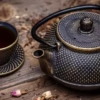 play_arrow
play_arrow
A Comprehensive Review of 3 Must-Have Tea Products on Amazon Mr. Tea Talk
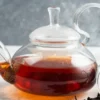 play_arrow
play_arrow
The Ultimate Guide to the Best Tea Essentials on Amazon: Kettles and Teapots You’ll Love Mr. Tea Talk
 play_arrow
play_arrow
The Best Teapots for Tea Lovers: Silver vs. Borosilicate Glass Mr. Tea Talk

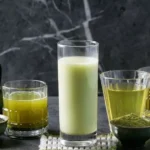 play_arrow
play_arrow
The Ultimate Guide to Matcha Tea Mr. Tea Talk
In recent years, Matcha tea has taken the world by storm, becoming a staple in health-conscious circles and trendy cafes alike. But what exactly is Matcha tea, and why has it gained such popularity? This guide will take you on a journey through the rich history, incredible health benefits, and versatile uses of this vibrant green elixir. By the end of this article, you will have a comprehensive understanding of Matcha tea and be well-equipped to incorporate it into your daily routine.
Matcha tea is a type of powdered green tea that originated in Japan. Unlike traditional green tea, where leaves are steeped in water and then discarded, Matcha involves consuming the entire leaf. This method not only provides a more concentrated flavor but also packs a potent punch of nutrients.
The history of Matcha tea dates back over a thousand years. It was first introduced to Japan by Zen Buddhist monks who brought it from China during the Tang Dynasty. These monks discovered that drinking Matcha helped them stay alert and focused during long meditation sessions. Over time, Matcha became an integral part of Japanese culture, especially within the traditional tea ceremony known as “Chanoyu” or “The Way of Tea.”
The Matcha tea ceremony is a refined art that emphasizes harmony, respect, purity, and tranquility. This ceremony involves a precise sequence of steps, from the meticulous preparation of the tea to the thoughtful appreciation of its taste and aroma. The tea ceremony is not just about drinking tea; it’s a meditative practice that fosters mindfulness and inner peace.
One of the most significant benefits of Matcha tea is its high antioxidant content. Antioxidants are compounds that help protect the body from damage caused by free radicals, which can lead to chronic diseases. Matcha is particularly rich in catechins, a type of antioxidant known for its cancer-fighting properties.
Matcha tea has been shown to increase metabolism and help the body burn fat more efficiently. This makes it a popular choice for those looking to lose weight or maintain a healthy weight.
The combination of caffeine and the amino acid L-theanine in Matcha tea provides a sustained energy boost without the jitters commonly associated with coffee. L-theanine promotes relaxation and improves concentration, making Matcha an excellent choice for students, professionals, and anyone in need of a mental edge.
The chlorophyll content in Matcha tea gives it its vibrant green color and helps detoxify the body by removing heavy metals and other harmful substances.
Matcha tea is also rich in vitamins and minerals that support a healthy immune system. Regular consumption can help ward off common illnesses and keep you feeling your best.
Preparing Matcha tea is an art form in itself. Here’s a step-by-step guide to help you make the perfect cup:
To prepare Matcha tea, you’ll need a few essential tools: a bamboo whisk (chasen), a bamboo scoop (chashaku), a sifter, and a bowl (chawan).
Sift 1-2 teaspoons of Matcha powder into the bowl to remove any clumps and ensure a smooth, lump-free tea.
Heat water to just below boiling (about 175°F or 80°C). Add 2-3 ounces of water to the bowl.
Use the bamboo whisk to whisk the Matcha and water together in a zigzag motion until a frothy layer forms on the surface.
Your Matcha tea is now ready to enjoy. Take a moment to appreciate its vibrant color and earthy aroma before taking your first sip.
Matcha tea comes in various grades, each suited for different purposes:
Ceremonial grade Matcha is the highest quality and is used in traditional tea ceremonies. It has a delicate flavor and vibrant green color.
Premium grade Matcha is slightly less expensive than ceremonial grade but still offers excellent quality. It’s ideal for daily consumption and culinary uses.
Culinary grade Matcha is the most affordable and is typically used in cooking and baking. It has a more robust flavor that can stand up to other ingredients.
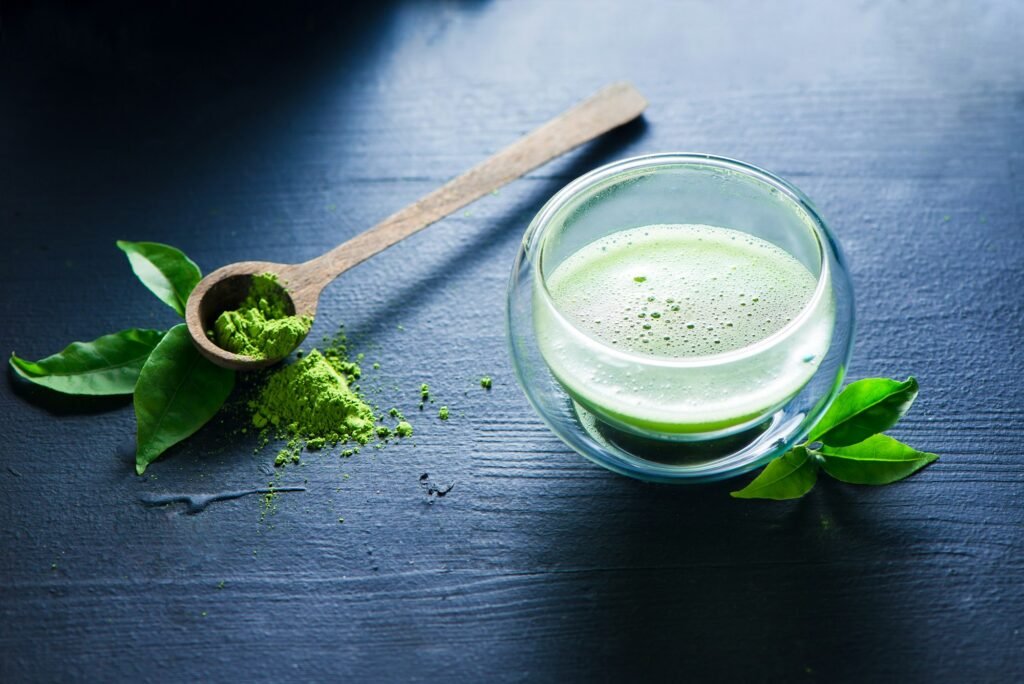
While traditional Matcha tea is delightful, there are countless other ways to enjoy this versatile ingredient:
Mix Matcha powder with steamed milk and a sweetener of your choice for a creamy, delicious Matcha latte.
Add a teaspoon of Matcha powder to your favorite smoothie recipe for an antioxidant boost.
Incorporate Matcha into baked goods like cookies, cakes, and muffins for a unique flavor and vibrant color.
Make homemade Matcha ice cream for a refreshing and healthy treat.
Choosing Matcha tea not only benefits your health but also has positive implications for the environment. Matcha farming practices often emphasize sustainability, with many producers adhering to organic and eco-friendly methods. Supporting these practices helps reduce the environmental footprint of tea production.
When buying Matcha tea, it’s essential to choose a reputable source to ensure you’re getting a high-quality product. Look for brands that provide detailed information about their sourcing and production processes. Specialty tea shops, health food stores, and online retailers are good places to start your search.
Proper storage is crucial to maintain the freshness and quality of Matcha tea. Store it in an airtight container in a cool, dark place. Avoid exposure to light, heat, and moisture, which can degrade the tea’s flavor and nutritional properties.
Matcha tea is more than just a trendy beverage; it’s a timeless tradition with a rich history and numerous health benefits. Whether you enjoy it in a traditional tea ceremony or as an ingredient in modern recipes, Matcha offers a unique and delightful experience. By incorporating Matcha tea into your daily routine, you can enjoy its many benefits while also contributing to a more sustainable world.
If you are interested about to know more about Tea Categories please refer Types and Varieties of Tea under Article page.
Acing the Matcha Tea Ceremony: Understanding Its Significance and Rituals” – Matcha Lattes
The Journey of Matcha Tea | Explore the History and Benefits of Matcha Tea” – Lipton
Tagged as: Matcha Tea.

Oolong tea, a traditional Chinese tea known for its unique flavor and impressive health benefits, has captivated tea enthusiasts worldwide. This ultimate guide will delve into the intricate details of […]
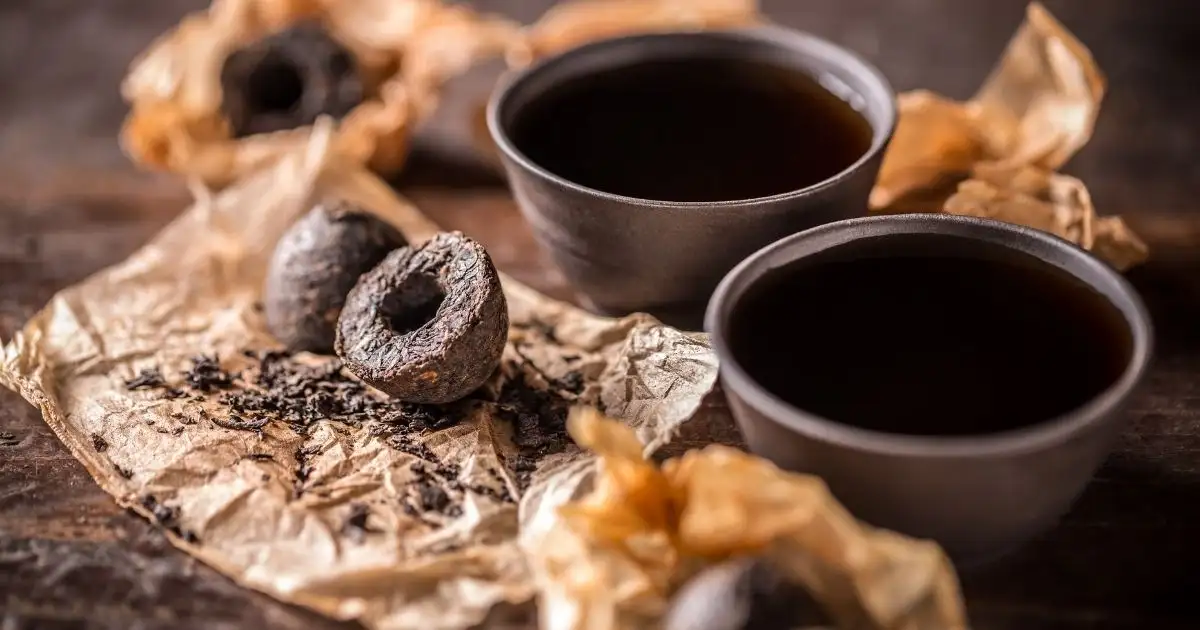
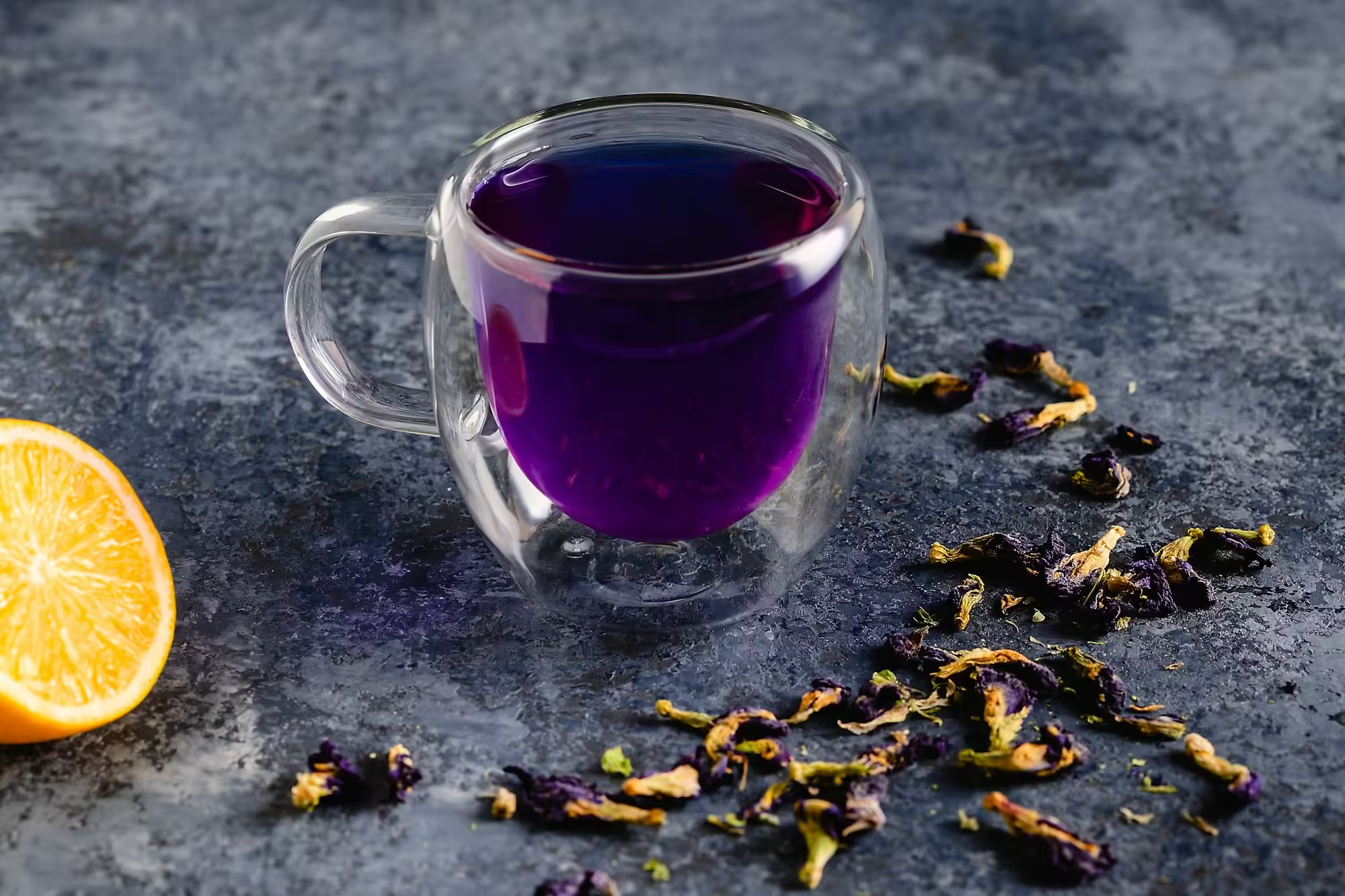
Copyright | Ceylon Wild Tea - All Rights Reserved | 2025
Post comments
This post currently has no comments.